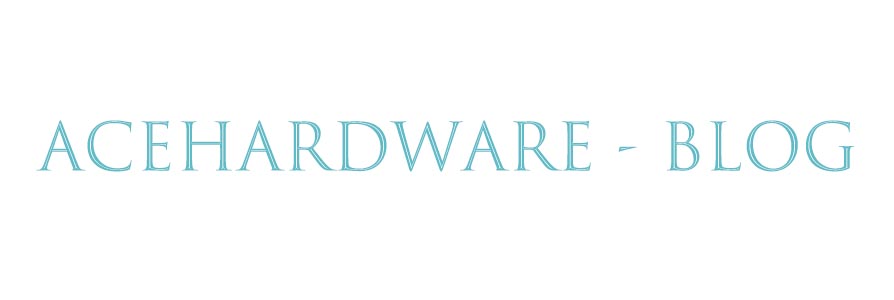How Can We Reduce Drywall Dust Exposure in Manufacturing Facilities?
In the drywall manufacturing industry, minimizing dust exposure is critical to ensuring the health and safety of workers while maintaining a high-quality production environment. Experts in the field have provided various insights into effective methods for reducing drywall dust exposure in manufacturing facilities.
For more Drywall manufacturing processinformation, please contact us. We will provide professional answers.
Understanding the Impact of Drywall Dust
Drywall dust typically consists of small particles generated throughout the drywall manufacturing process, particularly during cutting, sanding, and finishing. Prolonged exposure to this dust can lead to respiratory problems and other health issues for workers. Addressing this concern requires a multi-faceted approach.
Expert Opinions on Dust Reduction Strategies
Implementing Advanced Machinery
Dr. Emily Hart, a safety engineer with expertise in manufacturing environments, emphasizes the importance of investing in modern equipment. "Upgrading to high-efficiency machines that minimize dust production can significantly mitigate exposure," she explains. This can include dust extraction systems that are integrated into the cutting and finishing processes.
Utilizing Effective Ventilation Systems
James Thompson, an industrial hygienist, highlights the role of proper ventilation in dust control. "Effective airflow systems can dilute airborne dust and eject contaminants from workspaces," he states. Thompson advocates for the installation of localized exhaust systems that directly capture dust at the source, thereby improving air quality significantly.
Are you interested in learning more about gypsum board manufacturing plant? Contact us today to secure an expert consultation!
Featured content:Efficient Vertical L-Bar Sealer Packaging Solutions
Regular Maintenance and Housekeeping
10 Essential Tips for Choosing a Semiconductor Cleaning Machine
How Can a Wheat Flour Business Plan Address Key Industry Challenges?
Mark Steele, a facility manager at a leading drywall manufacturer, stresses the importance of routine cleaning protocols. "Implementing a strict housekeeping schedule not only keeps the environment cleaner but also reduces dust accumulation," Steele notes. He recommends using wet cleaning methods when feasible to minimize dust re-entrainment.
Personal Protective Equipment (PPE)
According to Dr. Sarah Klein, an occupational health expert, the use of personal protective equipment is a fundamental aspect of dust exposure mitigation. "Ensuring that workers are equipped with high-quality masks and protective gear can provide an immediate line of defense against inhalation," she emphasizes. Klein suggests continuous training programs to ensure all employees understand proper PPE use.
Training and Awareness Programs
Incorporating training programs on drywall dust exposure and safety practices is another essential strategy. "Educating workers about the hazards associated with dust exposure and the best practices for minimizing risks can lead to a more proactive approach in the workplace," asserts Paul Anderson, a safety coordinator in the industry.
Conclusion
Reducing drywall dust exposure in manufacturing facilities is a shared responsibility that involves modernizing equipment, improving ventilation, enforcing regular housekeeping, utilizing PPE, and fostering a culture of safety through training. By implementing these expert recommendations, facilities can enhance the well-being of their employees while maintaining compliance with safety regulations. This holistic approach not only protects workers but also contributes to a better overall environment in the drywall manufacturing process.
If you want to learn more, please visit our website Gypsum powder making factory.
20
0
0
All Comments (0)
Previous: How Can a Wheat Flour Business Plan Address Key Industry Challenges?
Next: Is the 450 Kw Hipower Generator Worth the Investment for Your Needs?
If you are interested in sending in a Guest Blogger Submission,welcome to write for us!


Comments